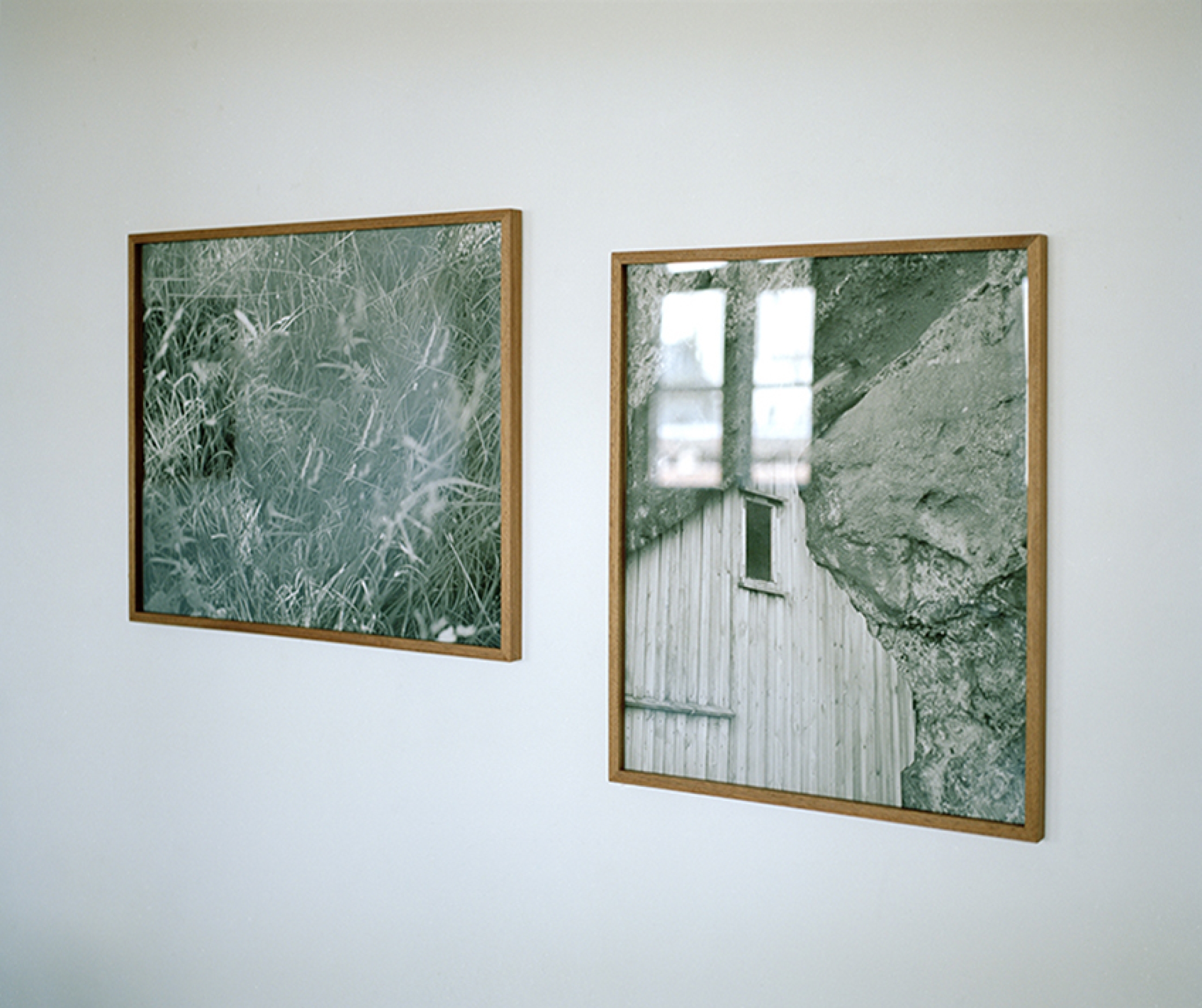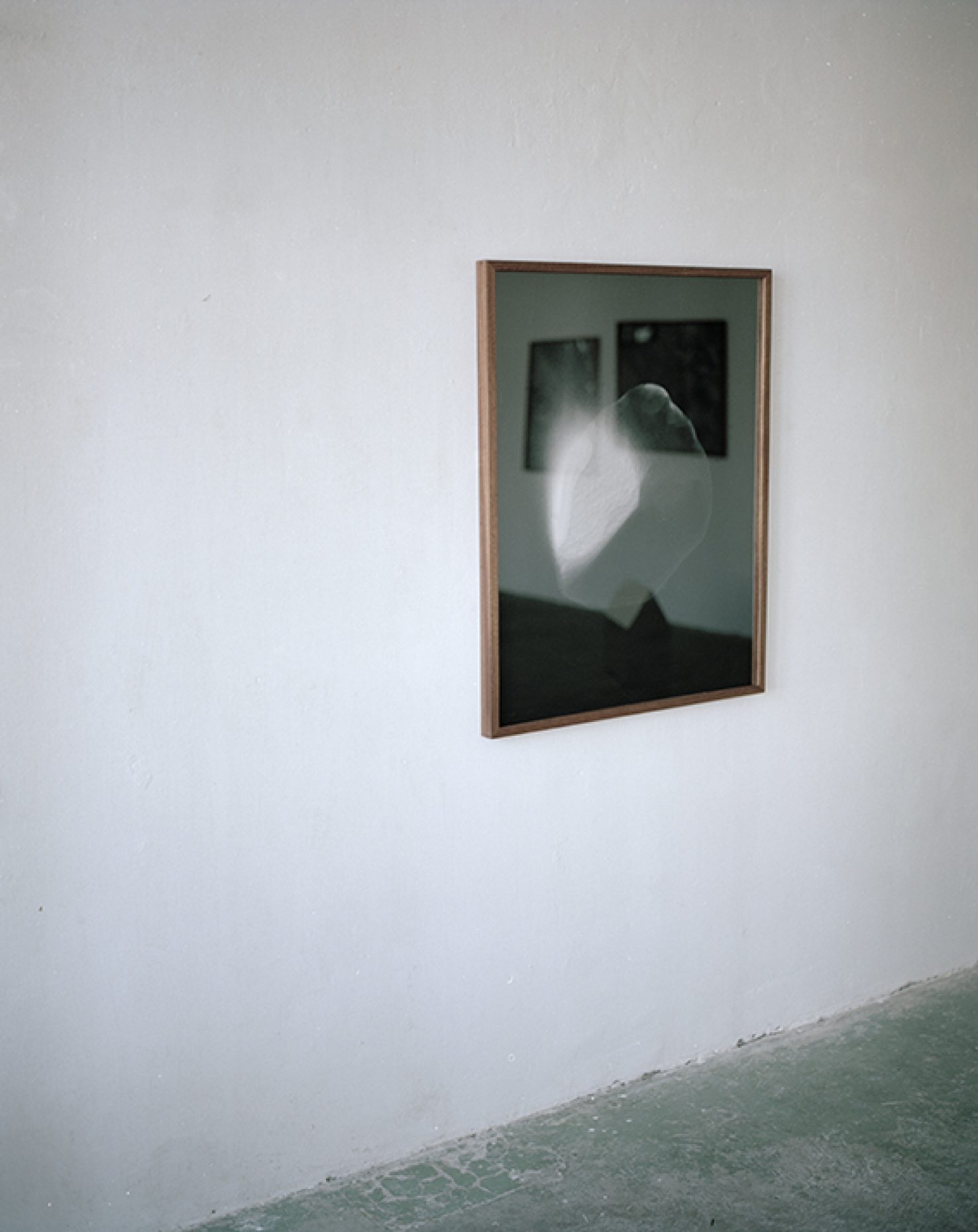Die Installation Lacuna handelt von der mentalen Lücke. Es ist eine visuelle Erforschung des Vergessens und der Desorientierung und gibt der Erinnerung und ihrer Unbeständigkeit Gestalt.
Das Vergessen ist nicht einfach ein Leerraum. Es kann die Form einer Zuschüttung haben, ein Überhandnehmen eines einzelnen Gedanken sein, ein Verblassen verkörpern oder eine Verdrängung von Zusammenhängen darstellen. Die Einsamkeit, die mit dem Vergessen einhergeht, trennt uns von der Welt und macht sie unbegreiflich.
Die Fotografie als Medium ist direkt mit der Erinnerung verbunden. Sie nimmt Bezug zur Realität auf indem sie diese abbildet; deshalb untersuchen wir eine Fotografie immer auch nach ihrem allgemeingültigen Wahrheitsgehalt. Letztendlich aber formt sich das Bild nach dem inneren Zustand des Betrachters der es mit seinen eigenen Bildern abgleicht und sie so erst entstehen lässt. Diese Ambivalenz ähnelt der Erinnerung: Sie ist im Grunde ein unzugänglicher Ort im Kopfe eines jeden Menschen, gleichzeitig versichert sie uns der Zugehörigkeit zur Welt indem Geschehenes durch sie zu Wahrheit wird. Mit dem Vergessen werden auch die Bilder in uns unerkenntlich Das Spiegelhaus artikuliert diesen Gedanken in letzter Konsequenz: Es existiert nur durch seine unmittelbare Umgebung und hat keine eigenen Bilder mehr.
The installation Lacuna is about a mental gap. It is a visual research of forgetting and disorientation and gives form to memory and its volatile nature.
Forgetting is not simply an emptiness. It can take shape as a filling, it can be the takeover of a single thought, a fading or eclipse, a displacement of relations. The loneliness that accompanies forgetting separates us from the world and makes it inaccessible.
Photography as a medium is directly linked to memory. It refers to reality by depicting it; therefore we examine a photograph always also for its veracity. At last though it takes shape after the inner state of the viewer that synchronizes it with the images within and thus creates them. This ambivalence resembles memory: It is in fact an inaccessible place in everybodies head, at the same time it shapes our view of the world by rendering the past. Through forgetting we also disconnect from the images within us. The mirror house articulates this thought in last consequence: it only exists through its surrounding and and doesn’t have any images left.
"The work is the more lacunate in that it takes form before us only to designate what has become impossible for it to say. And no doubt the first justice to be done to it is to see it as it presents itself, to know the state of privation in which it puts us, to measure the loss it makes palpable, to know, finally, that this loss cannot be made good, and that no one could give expression to what has remained for it inexpressible." Claude Lefort, from his preface to: Maurice Merleau-Ponty, The Visible and the Invisible
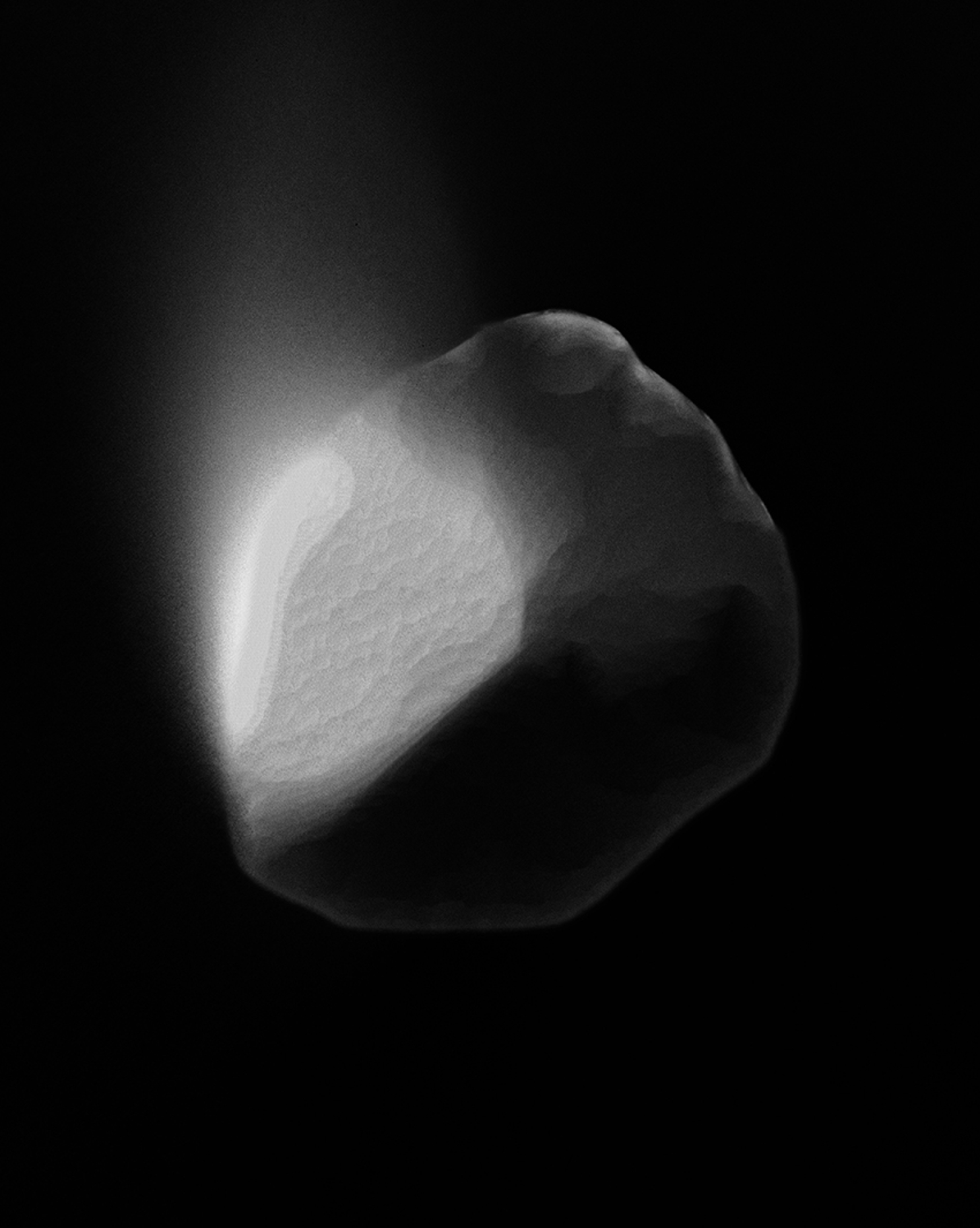
Inkjet print on Hahnemühle paper
100 x 80 cm
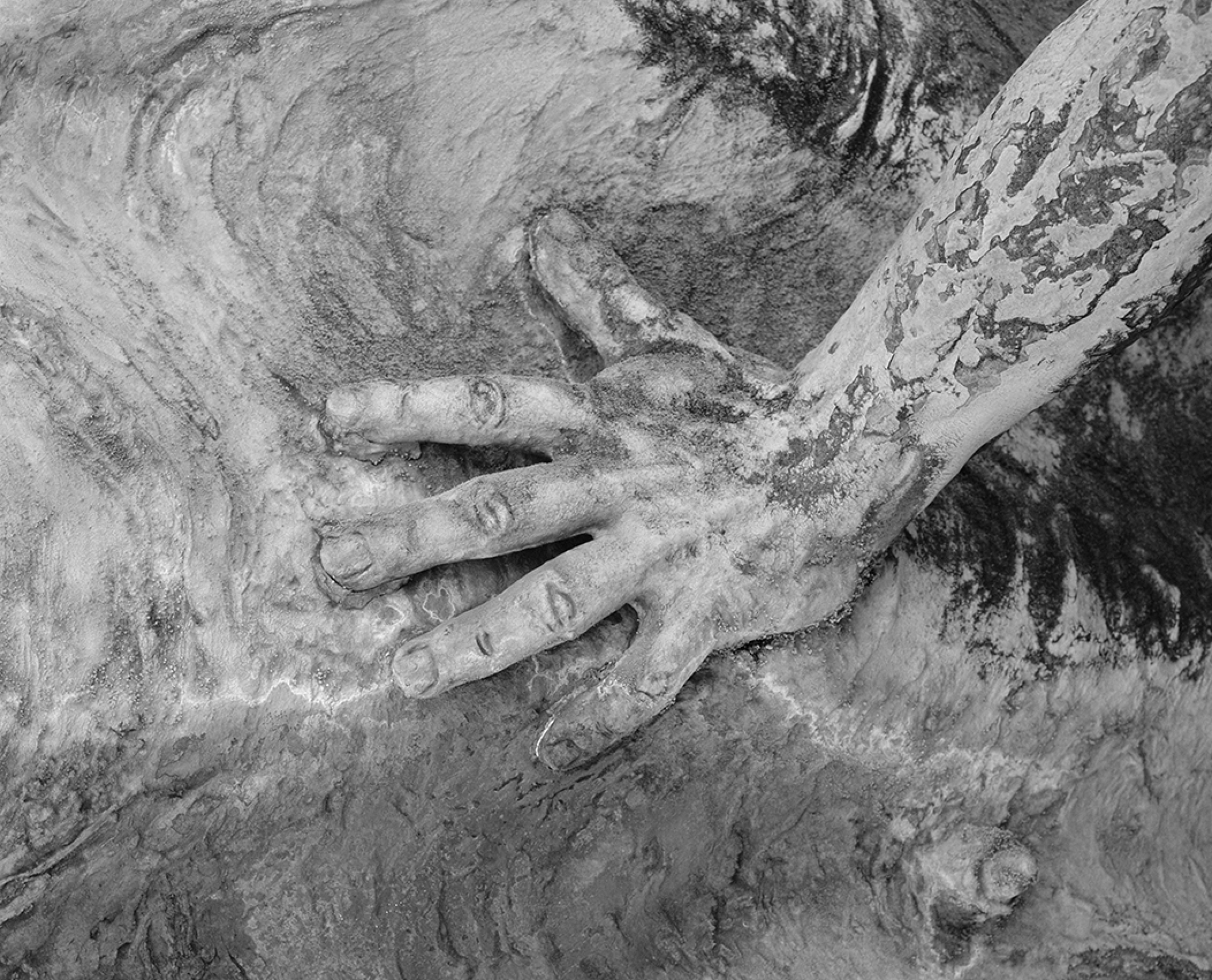
Left Hemisphere Shutdown
Inkjet print on Hahnemühle paper
80 x 100 cm
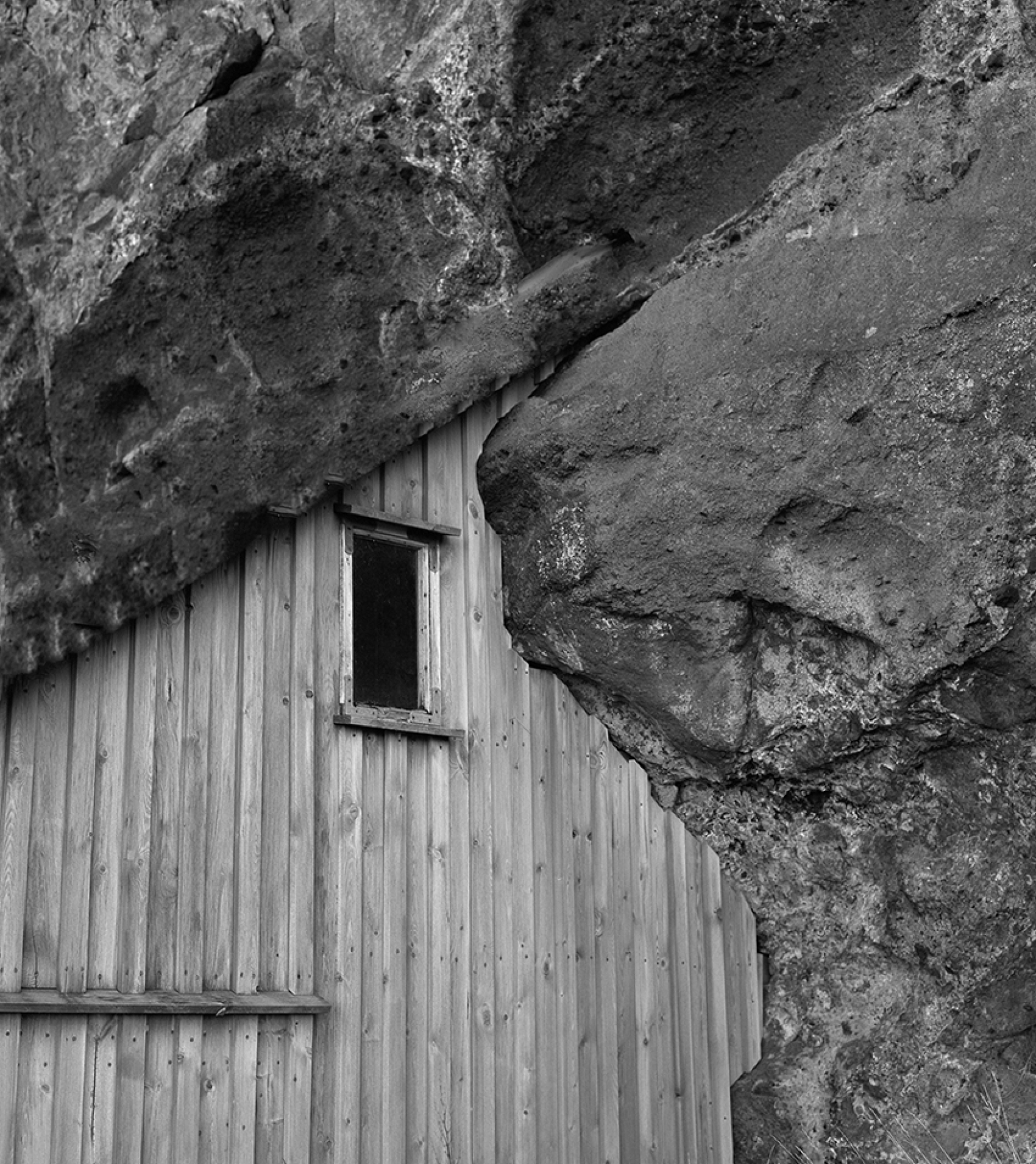
Adaptation
Inkjet print on Hahnemühle paper
90 x 70 cm
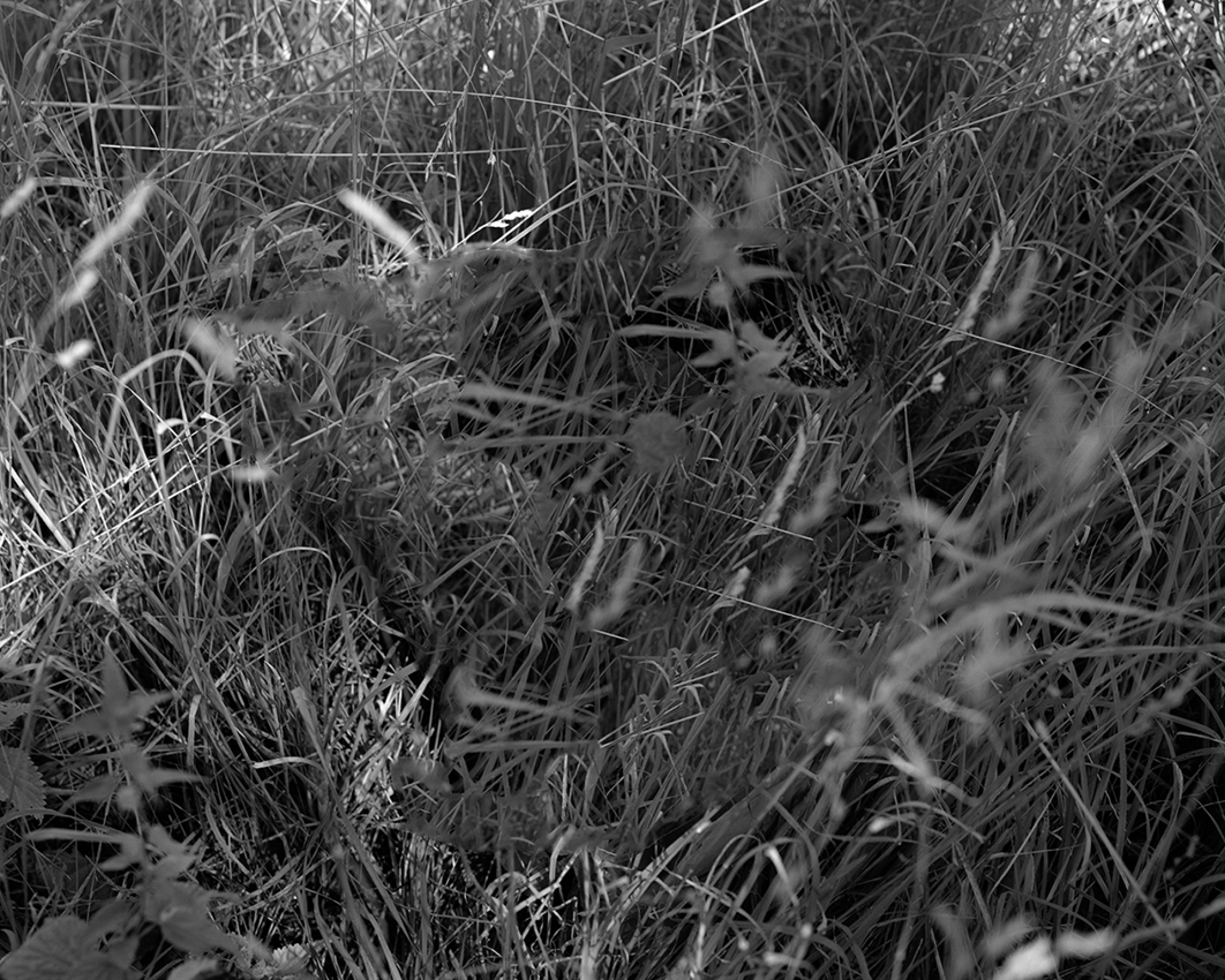
Latency
Inkjet print on Hahnemühle paper
80 x 100 cm
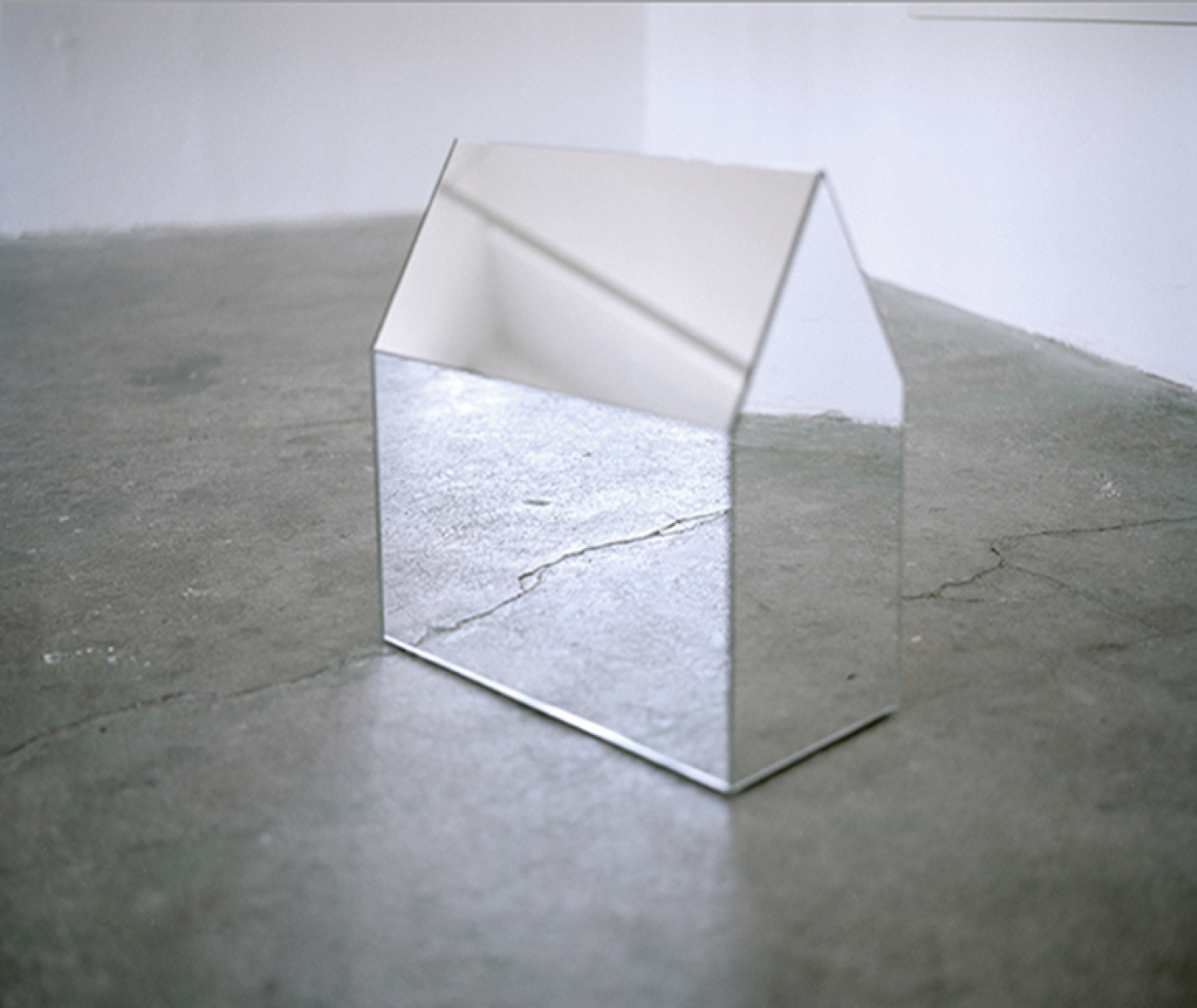
Codependent Hut
Mirrors, wood
40x50x30 cm
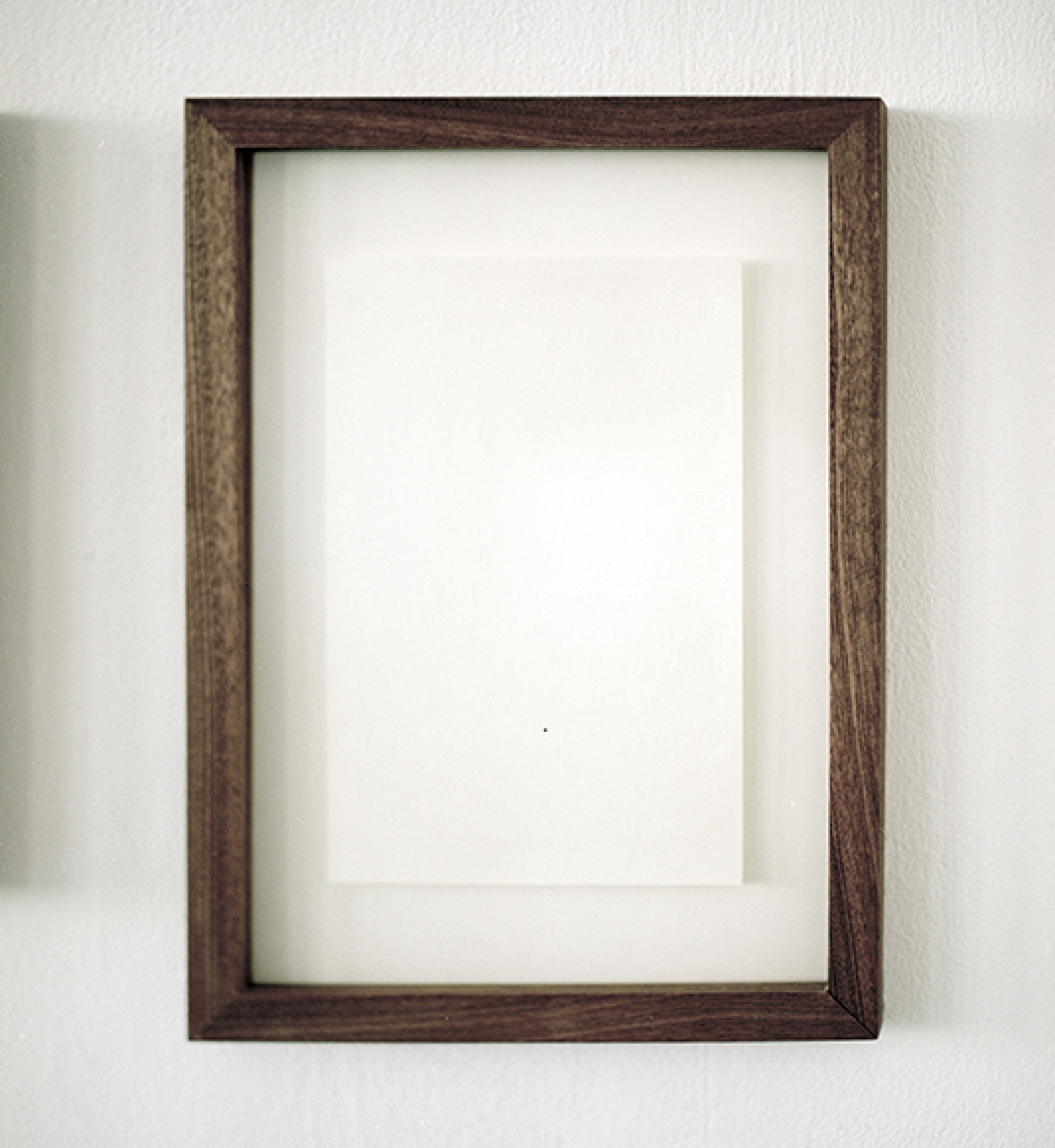
Stages of Memory - fresh, vague, lost
3 sheets of embossed paper
25x20 cm
